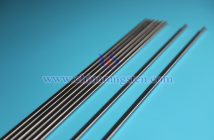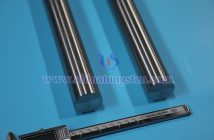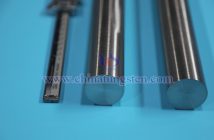In addition to the primary elements tungsten, nickel, and iron, tungsten-nickel-iron alloy contains trace impurity elements such as hydrogen, oxygen, carbon, sulfur, and phosphorus. These impurities can compromise grain boundary integrity, form brittle phases, and reduce the alloy’s conductivity, high-temperature strength, and radiation resistance. Control is achieved through raw material purification and process optimization, such as vacuum sintering. The following outlines the impact of key impurity elements on alloy performance.
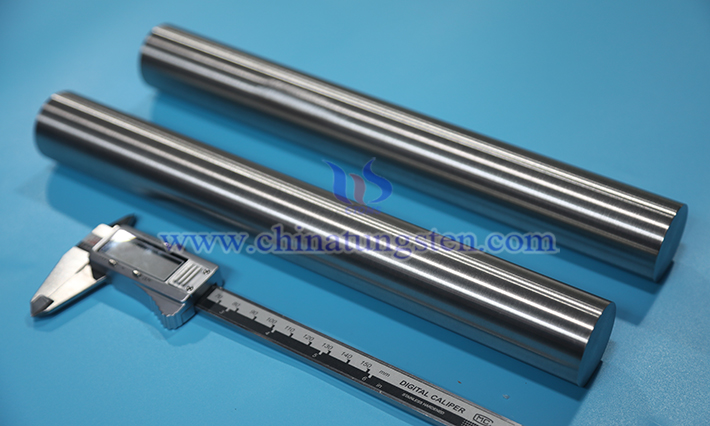
Hydrogen (H): With extremely low solubility in tungsten, it tends to enrich at grain boundaries, forming hydrides that cause hydrogen embrittlement, reducing plasticity, ductility, and fatigue life. Vacuum heat treatment can mitigate this effect.
Oxygen (O): Reacts with tungsten to form oxides, weakening grain boundary cohesion, lowering conductivity and mechanical properties, and promoting grain coarsening, which affects strength and hardness. Oxygen content in raw materials must be controlled during production.
Nitrogen (N): Forms nitride inclusions that disrupt the sintering process and hinder grain refinement, indirectly reducing material density and conductivity.
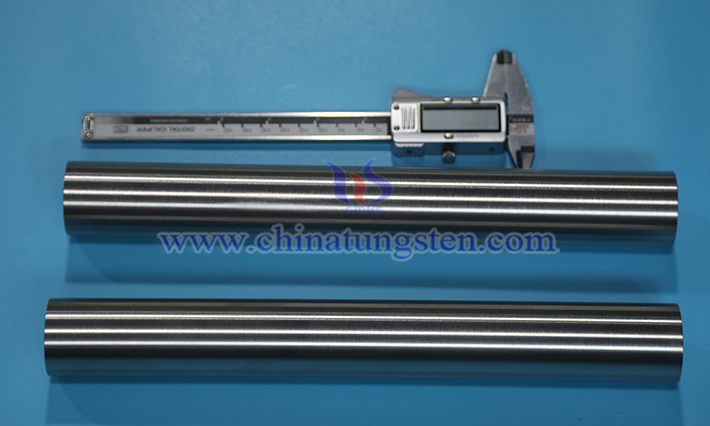
Carbon (C): When exceeding 0.1%, it forms carbides like WC, increasing grain boundary brittleness and reducing ductility and toughness. Carbon content in raw materials requires careful control.
Sulfur (S) and Phosphorus (P): Sulfur forms low-melting-point sulfides, leading to hot-working embrittlement; phosphorus segregates at grain boundaries, reducing impact toughness.
Additionally, impurities in tungsten-nickel-iron alloy may include copper (Cu), manganese (Mn), chromium (Cr), and silicon (Si), typically residual from raw materials. Copper and manganese may form low-melting-point eutectic phases, affecting high-temperature stability; trace chromium and silicon can strengthen the alloy, but excess amounts disrupt the uniform distribution of the nickel-iron binder phase, lowering sintering quality.

